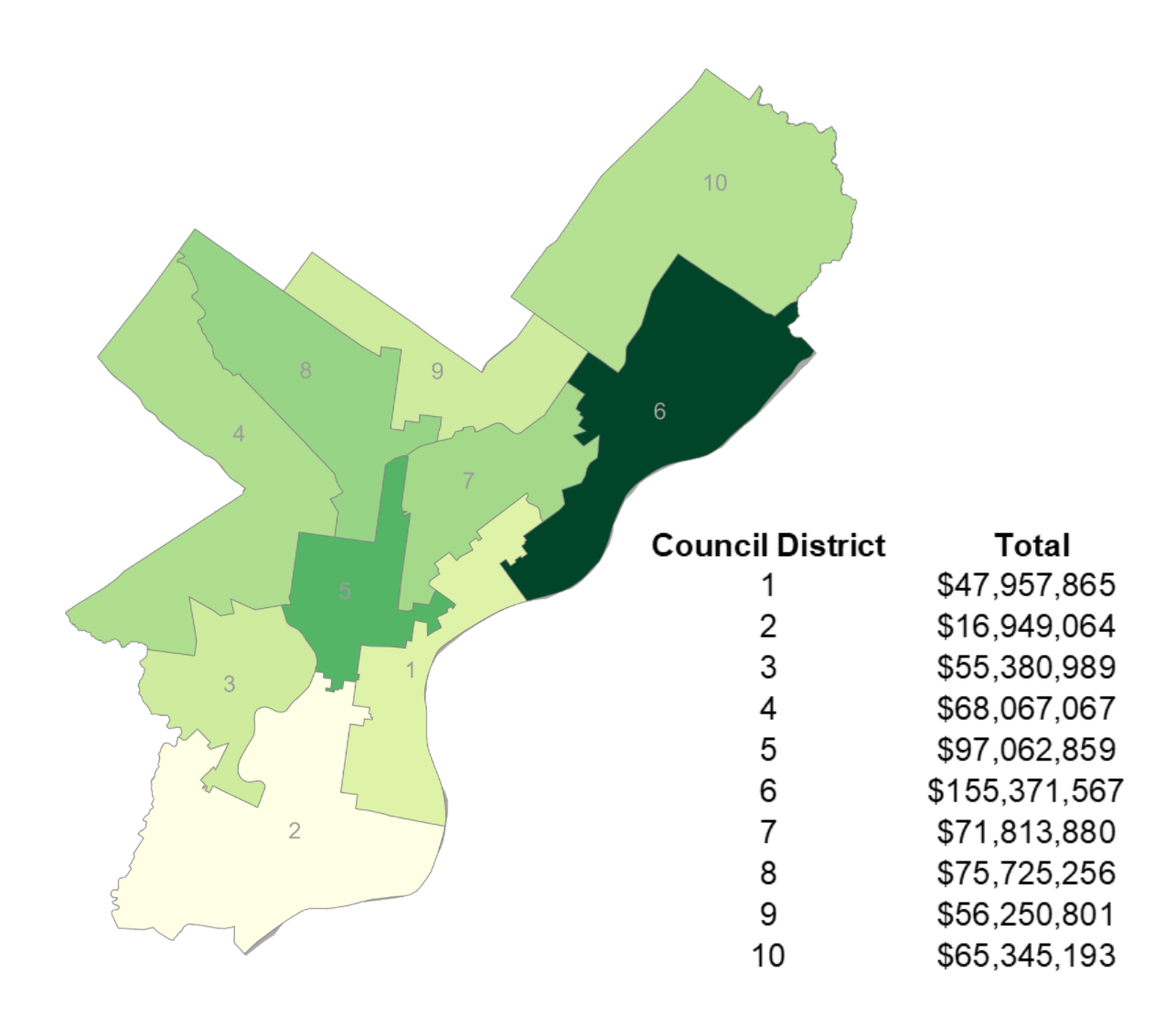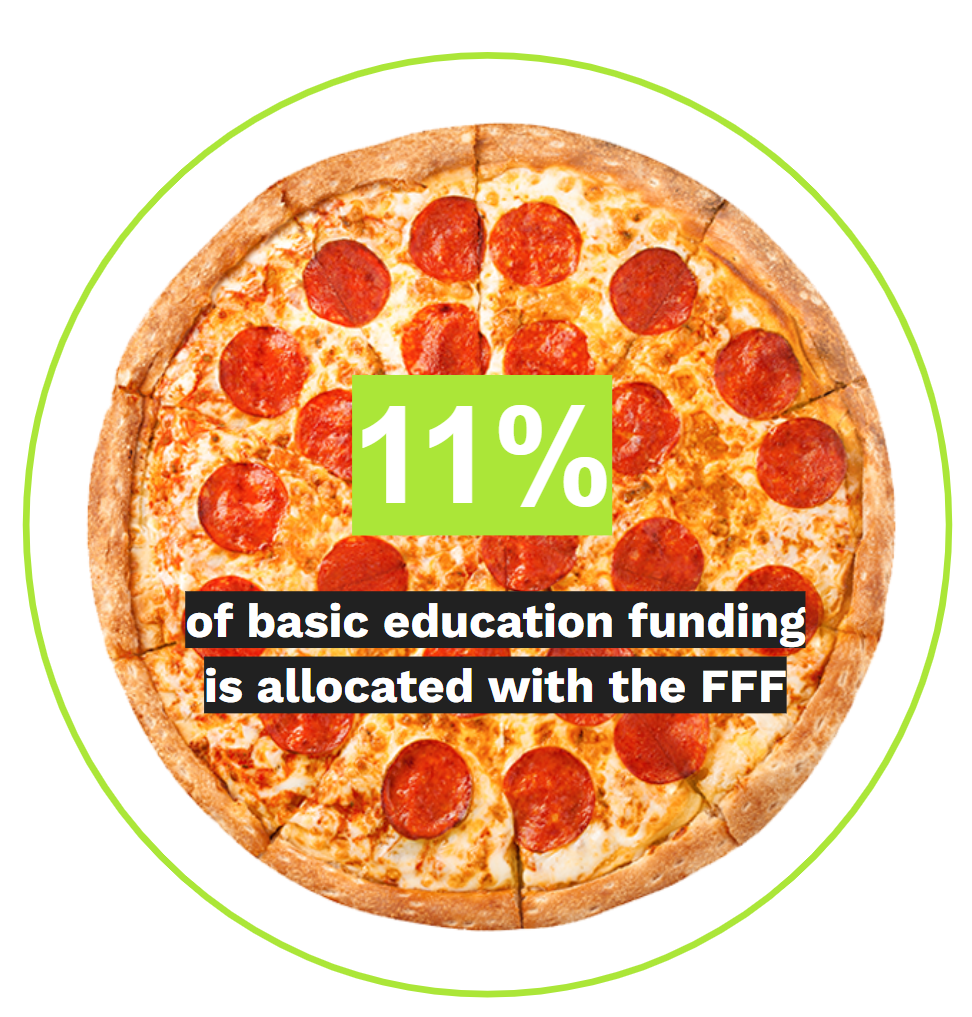Past Planning Efforts
-

Imagine 2014 Facilities Master Plan (FMP)
A draft Long Range Facilities Plan was created in released in November 2011 (Note: This plan is no longer publicly available)
Aligned with the City of Philadelphia’s 18 planning districts.
4 focus areas “to allow the District to continuously review its current real property portfolio, to determine necessary rightsizing adjustments, and assist in the development of a comprehensive long range capital plan.”
-

Comprehensive School Planning Review (CSPR)
Established in the Fall of 2019, but currently on pause due to the COVID-19 pandemic and lack of information from contractor (FLO Analytics)
3 study areas, 3 cycles
A comprehensive planning process “to understand how our District is changing”
Facilities are addressed, but not emphasized
-

Environmental Advisory Council
Established January of 2021 by the Office of Environmental Management Services (OEMS) and chartered by the Environment Safety Improvement Plan
“The purpose of the EAC is to engage representatives from across our city in the conversation about our progress and plans to address environmental conditions such as asbestos and lead in our schools.”
No clear metrics for evaluation and measurement
School District of Philadelphia FY21-22 Budget
The Fair Funding Fight
In William Penn School District v. Pennsylvania Department of Education, 6 school districts are currently pursuing increased allocations for schools from the Pennsylvania General Assembly.
The 2016 Fair Funding Formula (FFF) was passed to create a more equitable distribution of state funds. However, the policymakers prescribed to a Hold Harmless doctrine, meaning that existing budget allocations would not be subject to the new formula.
According to PA’s Basic Education Funding Commission (BEFC), “Had the entire $5.5 billion basic education funding appropriation been distributed using the new, fair formula, 320 school districts would have lost a combined $1 billion in state support with the remaining 180 districts realizing that new funding.”
As of June 2021, the formula was only used to allot 11% of basic education and 13.6% of special education funding. In other words, though the education funding pie has gotten bigger, the FFF is only applied to budgetary increases. If the lawsuit is successful in requiring the entire state budget to be allocated using the FFF, the gains for the School District of Philadelphia will be small.
It should also be noted that the state uses PlanCon for major school construction projects. More here







